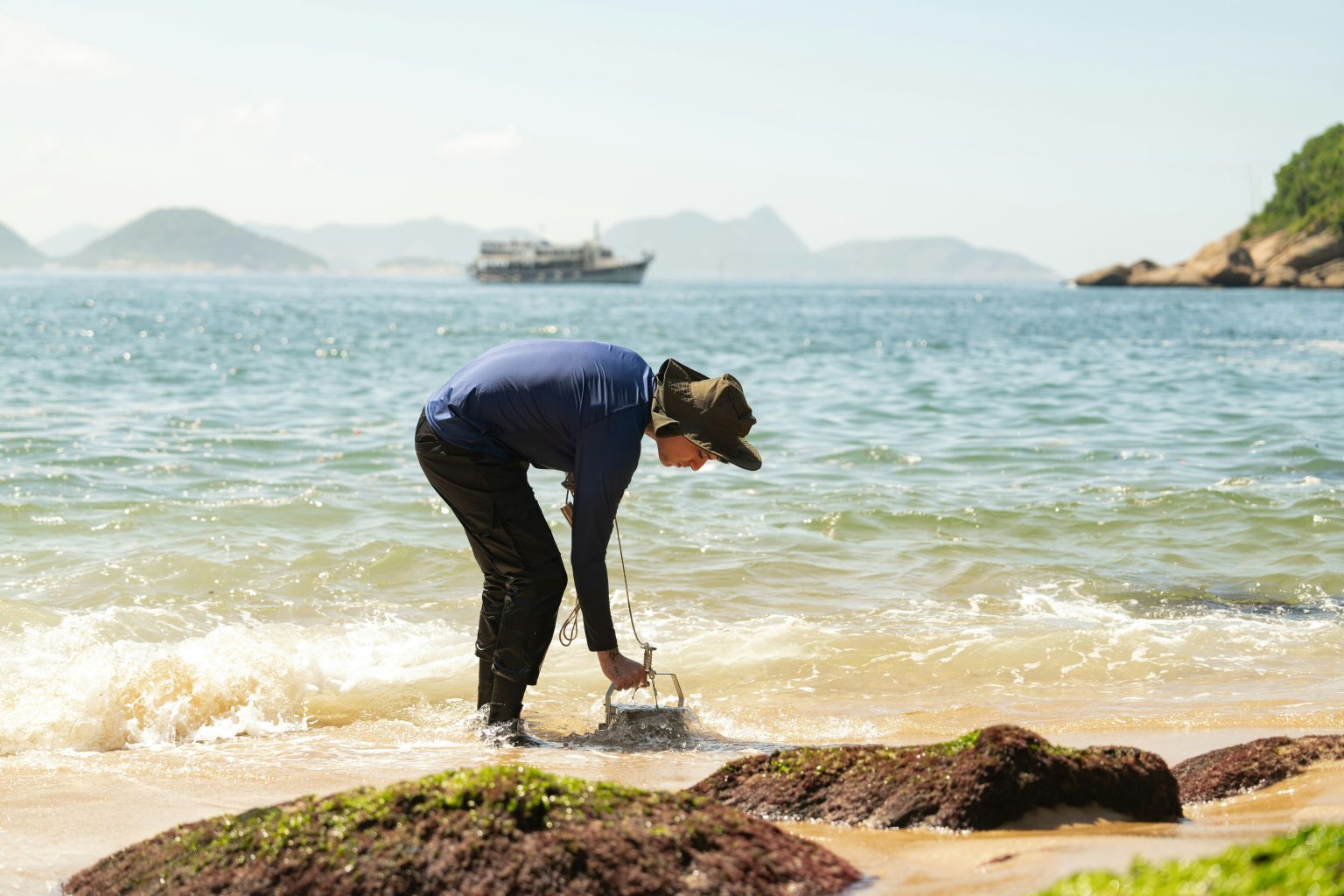World Water Monitoring Day is a global event that focuses on raising public awareness about the importance of water quality. It encourages people around the world to engage in monitoring local water bodies, contributing data that helps improve water quality globally. By actively participating in this initiative, individuals and communities play a vital role in protecting our planet’s most precious resource.
Linking efforts with the United Nations World Water Day, this initiative underscores the critical need for clean water and sanitation. The programme invites participants to use test kits, assess their local water conditions and share results online. By doing so, it empowers communities, fostering a sense of responsibility and commitment towards sustainable water management.
Public engagement in such activities is crucial for the sustainable future of water resources. World Water Monitoring Day not only highlights the challenges surrounding water quality, but also provides a platform for collective action. This shared responsibility is pivotal in maintaining the health of rivers, streams, and other water bodies across the globe.
Understanding Water Monitoring
Monitoring water quality is crucial for protecting water resources from pollution and ensuring healthy waterways. Several important tools and methods are employed to assess water conditions.
Importance of Monitoring Water Quality
Water monitoring is vital to maintain the health of local water bodies and ensure they meet safety standards. It helps identify pollutants and track changes in water conditions over time. Monitoring supports the implementation of the Clean Water Act by assessing compliance and informing conservation efforts. Analysing water quality enables communities to manage their water resources effectively and address pollution problems promptly. Public participation in monitoring activities also raises awareness and fosters communal responsibility for local waterways. Such efforts ensure the availability of clean water for all.
Key Water Quality Indicators
Several key indicators help in assessing the quality of water. pH measures how acidic or alkaline the water is, which can affect aquatic life. Temperature influences the biological and chemical processes in water bodies. Clarity or turbidity reveals the amount of suspended particles, affecting light penetration and habitat health. Dissolved Oxygen is critical for the survival of fish and other aquatic organisms. Low levels can indicate pollution or stratification issues. Regular monitoring of these indicators helps maintain the natural balance of ecosystems and guides corrective actions if issues are detected. Accurate readings are essential to evaluate current conditions and plan sustainable resource management.
Tools and Methods for Water Testing
Various tools and methods facilitate effective water testing. Participants often use test kits, which can be both simple and portable, providing essential data on water quality indicators. Larger efforts might employ advanced sensors and probes for detailed analysis. Field measurements are taken to assess conditions in local water bodies. Sampling is conducted systematically to provide reliable data. For public involvement, educational programmes demonstrate how to use these tools effectively, empowering citizens to participate in monitoring their nearby waterways. Technology plays a vital role, with digital platforms enabling data collection and sharing. Together, these tools and methods support ongoing efforts to safeguard water resources.
Global and Community Initiatives
World Water Monitoring Day highlights the importance of global cooperation in preserving water quality. Locally and globally, various initiatives aim to address water challenges, pollution, and climate change through community involvement and education.
World Water Monitoring Day and Its Global Impact
World Water Monitoring Day encourages communities worldwide to engage in monitoring water quality. Originating from the Water Environment Federation and International Water Association, this initiative inspires individuals to protect streams, rivers, and estuaries.
By participating in these activities, citizens gain awareness and understanding of water pollution and its effects. Social media campaigns, like #monitorwater, further promote global participation. Through this collective effort, communities contribute to a comprehensive understanding of water issues on an international scale.
Local and International Campaigns
Local campaigns enable communities to connect with international efforts to ensure clean and sustainable water sources. Programmes like the Earthecho Water Challenge empower people to monitor water conditions in their areas. Water Challenge Ambassadors work to foster engagement, improving local watersheds through education.
Organisations such as Earthecho International and Xylem Watermark collaborate internationally, linking communities to larger global movements. By promoting sanitation and awareness, these campaigns address water pollution and resource management, impacting both local environments and worldwide.
Addressing Climate Change and Water Issues
Climate change significantly affects water resources, necessitating immediate action to combat its impact on water quality and availability. World Water Monitoring Day plays a pivotal role in raising awareness about climate-related water issues. Through international outreach programmes, communities can better understand and mitigate these challenges.
Initiatives target reducing pollution and promoting sustainable practices to ensure long-term water quality. Efforts to protect local watersheds and apply adaptive strategies help communities face climate change with resilience. By engaging in these activities, societies worldwide can work towards securing clean water for all.



